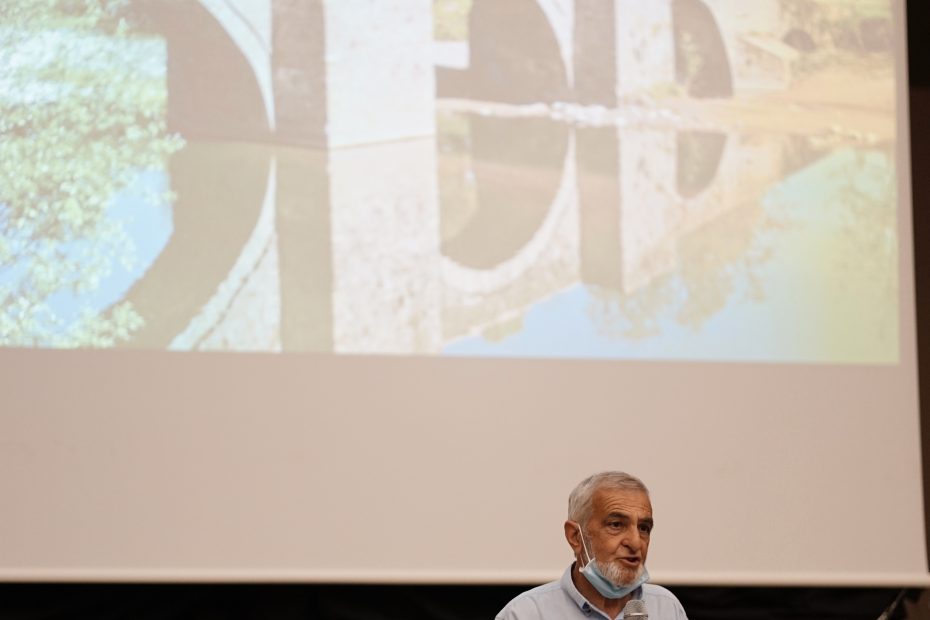A.A. – E.B.
The Bormida river has two branches, that of Millesimo and that of Spigno. And it was in that beautiful village of Monferrato that we met also Millesimo’s friends with the President Prestipino who illustrated his book – “Pilgrims and pilgrimages” – to the Mayor Visconti, telling the streets of the devout walkers who came to us from history.
Carmelo Prestipino, President of one of the sections of the International Institute of Ligurian Studies, a body that has 30 years of work on the territory with headquarters in Bordighera and a dozen sections between Italy and France, explained on 29 August, in a summer dialogue that brought togheter the plain of Marengo and the Ligurian Sea, as in pre-Napoleonic times, the development of roads was not coastal but comb-like, to and from the sea to the hinterland. The pilgrims who went to Rome had to go up through Spigno, which was a safety road, because it was not easy skirt or sail.
They stopped at the “Hospitalia” that housed for three days (only in the course of time, after 1600, become hospitals for health), custom made for the pilgrim, including San Quintino, S. Maria of Ponte Ivrea. Another Christian sign was certainly the construction of the bridges by the “Pontieri friars” and among these also Dominican engineers togheter with various Order, including the Benedectines (owners of monasteries), the Cisterians, the Knights of San Giovanni and the Knights Templar.
We could therefore speak of a dialogue between two bridges: that of Spigno and that of Millesimo. Today a real show, for enthusiasts who do not suffer from vertigo, since the Ligurian branch of Bormida crosses for a while on the ancient stones and for the rest on a modern catwalk at the end of which you can also run into Napoleonic silhouettes.
In the Museum of Millesimo we remember that there are important collections of prints, drawings, maps, posters and notices that testify to the events related to the First Campaign of Bonaparte in Italy. Napoleon stayed and received the flags of the enemies in a hall of the palace of the noble Del Carretto family in Millesimo.
But returning to the pilgrims, they had the habit of collecting tangible signs of the sanctuaries where they had stopped: medallions with a high symbolic value, crucifixies and platelets that were sewn on the clothes or on the hat as a protection of the way and in memory of the journey (the so-called medallions of the pilgrim) but that often came off falling and leaving a trace to posterity. The finds of these medals are a documentary testimony of the devotions to the various patron saints and sanctuaries where these pilgrims had gone.
